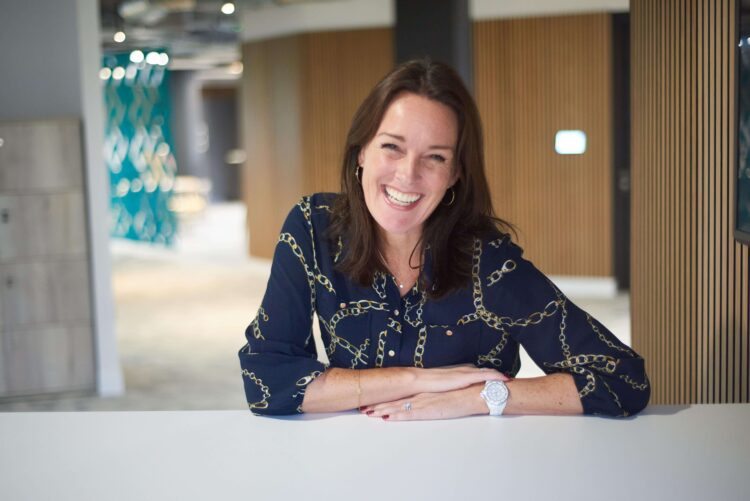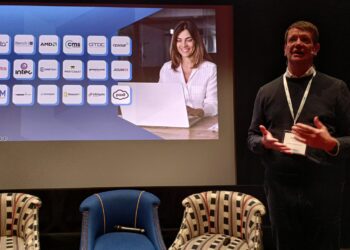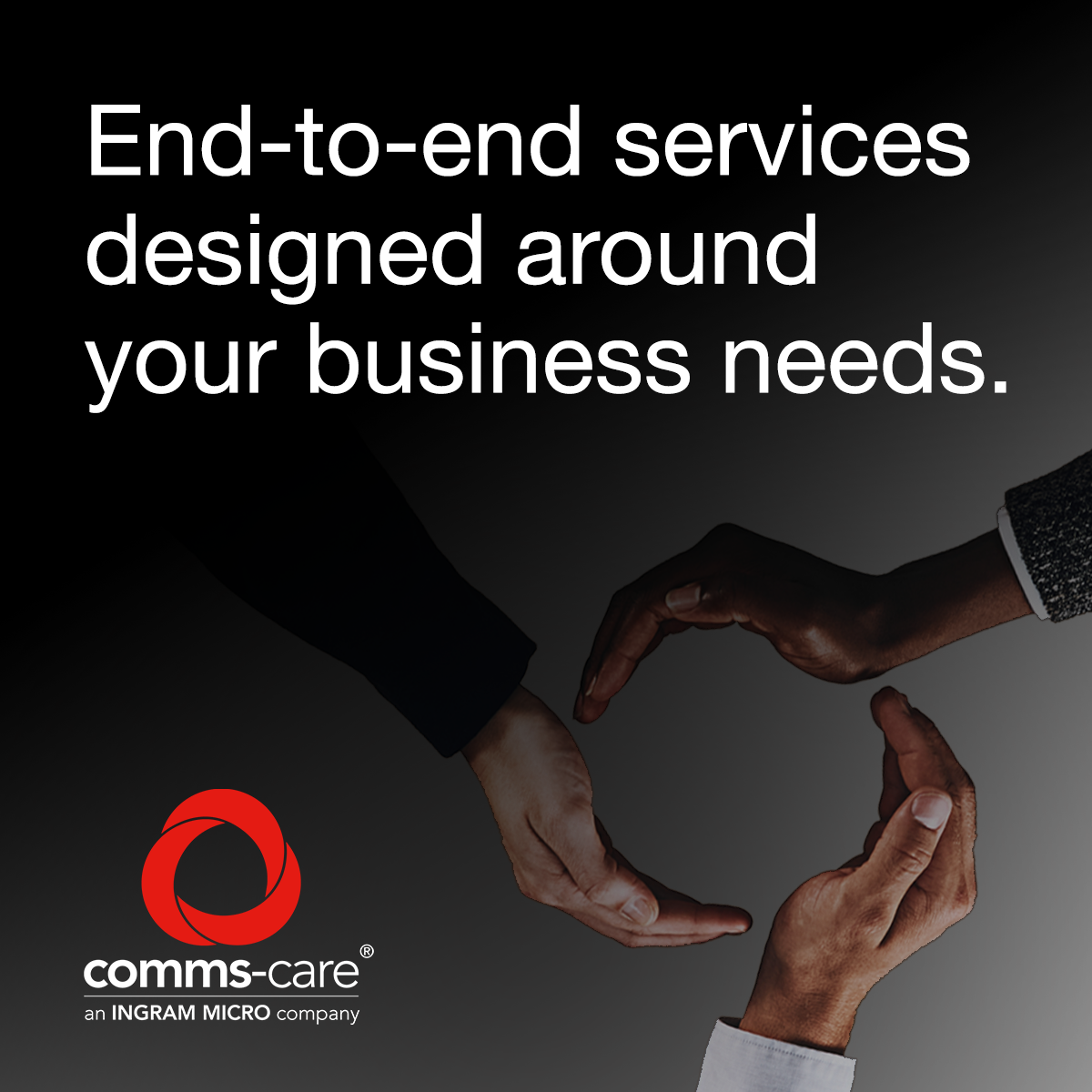Recently, the topic of colocation, or shared data centre space, has been coming up in more and more of our conversations with customers and channel partners. It’s clear that businesses of every size, from ambitious startups and fast-scaling innovators to established enterprises, are looking to place their IT “crown jewels” into secure and resilient data centres.
I like to think of a data centre as an apartment block for technology: a secure, connected building where a whole neighbourhood of companies lives side by side. Right now, many of them do not even know who their neighbours are. The real opportunity here is not just in the infrastructure but when those businesses start to interact and collaborate. For me, this is where the real magic happens inside the data centre halls.
An engine of growth
These data centres are more than just buildings filled with racks of servers and blinking lights. They are communities in the making. Inside, you will find an eclectic mix of businesses, from healthcare specialists and fintech innovators to manufacturers, tech scale-ups and a wide variety of service providers. Each operates independently, but all are connected to the same high-speed, secure network.
When these companies start talking to one another, new ideas and opportunities emerge. A healthcare-focused MSP might discover a neighbour with a niche software product that could transform its NHS offering. A local SaaS provider could join forces with a regional IT consultancy to bring a new service to market faster. These connections are what turn colocation from a passive service into an active driver of business growth.
Partnerships as a catalyst for growth
I am not alone in my thinking. Industry analysts agree: businesses embracing partner ecosystems unlock the fastest growth. Canalys recently highlighted that diversified partner networks allow companies to leverage each other’s strengths to access new markets and accelerate innovation.
From my perspective, that’s exactly what is starting to happen in our data centres. When service and technology providers become part of these connected communities, they gain more than a data centre; they gain a platform to collaborate, expand their client offerings and scale in ways that were simply not available before.
The regional opportunity
The real power of a regional network lies in the extended opportunity it creates. With our 14 interconnected sites across the UK, businesses are no longer limited to local connections. Instead, they gain access to a nationwide, secure and resilient platform. This matters more than ever as data volumes grow and the need for robust security intensifies and clients want to know their data is safe.
By connecting through this network, companies tap into a far wider community of partners and opportunities. These introductions allow each business to extend its reach, combine expertise and deliver more sophisticated services than they could achieve alone.
When partners engage with this wider ecosystem, growth is no longer incremental. It becomes transformational. By building connected communities where businesses can co-innovate, expand their services and seize opportunities faster, the whole network benefits.
The call to collaborate
Colocation provides the secure foundation, but the real value comes from what happens between the businesses inside. When those companies connect, share ideas and collaborate, they create growth that benefits everyone from partners and clients to the regional economies they serve.
This is the future of regional infrastructure as I see it. It is not about isolated facilities quietly doing their job. It is about vibrant, connected communities where businesses thrive alongside like-minded organisations, creating opportunities that would be impossible alone.
For the partners who step into this ecosystem now, the opportunity is real. Together, we can build a network of collaboration and growth that stretches across the UK, delivering a stronger, more connected digital future for all.
Visit the Pulsant Partnership Zone here
This article was produced in association with Pulsant and is classified as partner content. What is partner content? See more here.

















